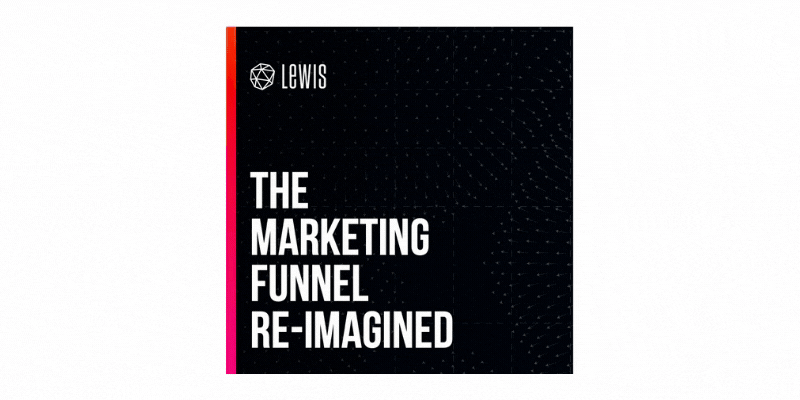The Marketing Funnel Re-imagined: Inside the Guide
- The traditional marketing funnel
- The customer is always right
- What’s changed?
- Customers and control
- The evolution of content
- What does this mean for marketers?
- The quantum funnel
- How marketers can adapt
- The importance of storytelling
- A note on reporting
- A checklist for headless content
- Working better together
Download The Marketing Funnel Re-imagined
In recent months, sales and marketing teams around the globe have had to move quickly and adapt their marketing strategy, leaving major question marks regarding the effectiveness of the traditional marketing funnel. The linear journey, starting with the awareness stage, is dated. While the traditional funnel seeks to break down the customer journey, it has turned into an oversimplification. Rather than stepping into our target audience’s shoes, traditional marketing funnels assume we know what our potential customer wants.
Nowadays, with consumers at home, our target audience has all the time in the world to enter any given funnel stage. A potential customer, especially in the B2B space, can move from brand discovery, to browsing digital marketing collateral, to research, to clicking on a paid ad, back to browsing digital content and then more research. And still, this potential customer could repeat the process multiple times before being labeled a marketing qualified lead.
The current climate has taken our sales and marketing funnel and rendered it obsolete. No wonder so many businesses are struggling to cut through the noise with a solid marketing strategy and capture consumer attention. Hence, what we were all taught about each marketing funnel stage is gone, and in its place is a new approach. An approach that is alive and constantly evolving with customer needs and technological advancements.
In this guide, we explore the traditional marketing funnel and what exactly has changed and how your marketing team should adapt. Where should you even start? Outlining a new buyer persona? Up-leveling your educational content? Amplifying your social media presence? Don’t worry — we provide answers.

We’ll also explain a new model for sales and marketing teams, and how marketers can best use it to capture the attention of a prospective customer and maintain customer retention. This new model will ensure that, no matter which marketing funnel stage your prospective customer is in, the right consumer engages with the right content types at the right time. And the strategic placement of these content types will help the sales and marketing team identify user intent and seamlessly move consumers through the buying process.
This guide is perfect for any sales and marketing teams that are ready to take a fresh, adaptive approach with their marketing and better connect with their audiences. Whether you’re looking to streamline the customer journey for a B2C or B2B buyer, this guide is for you.
Does your sales process need better alignment with your marketing strategy? What’s missing — brand awareness, enhanced lead nurturing, data-driven content marketing across channels? Whatever your sales and marketing needs are, we can help. Contact us today.



